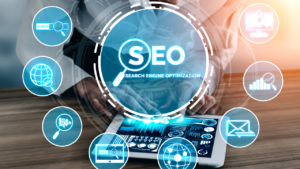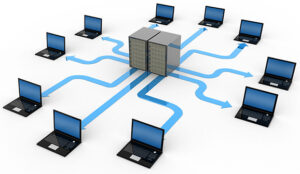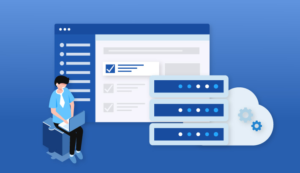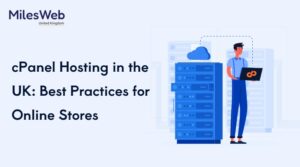Email newsletters are the most affordable yet effective tool for retaining customers and building brand loyalty. In addition, by analyzing purchase history or customer behavior, you can create a system of communication with your customers at the time intervals when they are most likely to buy goods or services.
Competent creation of an e-newsletter helps to solve several tasks at once:
- inform the subscriber about the appearance of new products, services, training programs, and publications on the site;
- unobtrusively promote a product or service, tell about current promotions;
- help the user to understand the product (for example, to know about the features of the service);
- provide important information about the order and its delivery time;
- Establish feedback with the customer, for example, by collecting feedback on the purchase.
Let’s take a look at the primary email blast services.
Pipedrive
This is a subsidiary product of Mailigen, a service that distributes automatic emails to the customer base. It is designed to manage transactional emails. It has a high speed: the emails go out within seconds. You can include brand elements and additional promotional information in the emails.
- The service provides statistics on email opens, clicks within it, or unsubscribes.
- You can make emails from ready-made HTML templates.
- Round-the-clock support is provided via a form on the website.
Selzy
Selzy is an email blast service. Many users call it a revolution in marketing. With it, you can send your customer base both transactional and marketing emails.
The main advantages of Selzy:
- Send free 1,500 emails to 100 contacts per month.
- Flexible and affordable pricing for sending unlimited emails to your audience.
- Unlimited free trial.
Most importantly, Selzy is simple. It is intuitive enough, even for beginners. That’s why users consider this service a shim for starting to develop their business—it is simple, convenient, and effective.
Mailgun
Transactional email service of email distribution to the customer base.
- Integrates via SMTP/API and validates email addresses in the database so that the letter does not get into spam folders.
- There is a service of implementation/administration, superfast mailing (750,000 emails per minute, on request, paid separately).
Test mode – 3 months. You can send a free newsletter of 5,000 monthly emails, but payment details will still be required.
Mandrill
It has many features for a transportation service of automatic mailing lists. The main ones are domain warming, high email delivery speed due to multiple servers in different parts of the world, and using multiple domains for one account.
What else you can do:
- split tests,
- set up full-fledged analytics + there is integration with Google Analytics and the ability to customize webhooks,
- track spam complaints to keep the database clean,
- build comparative reports of different email newsletters
- prescribe automatic/manual tags,
- connect integration for testing spam filters.
You will need a paid Mailchimp account. User support is by mail only.
What Types Of Mailings Are There?
There is a distinction between manual and triggered or automatic email newsletters. For the manual type, each email is designed by a marketer who carefully considers the info provided, strategy, and audience segment. Trigger emails are pre-prepared messages sent automatically based on users’ actions or inaction. They often contain dynamic content in the letter (something that changes in a personalized way for each user, depending on the action performed). Let’s look at each of these types in detail.
Manual mailings include promotional and infomercials. It is important to combine and alternate different types of letters to keep the interest and attract the audience, while you should not abuse the constant discounts and promo codes. At first glance, this strategy is justified: We give a discount, and that’s all our subscribers need. However, over time, the audience will die off, the percentage of read letters will fall, and purchasing power will decrease.
Trigger mailings include these types:
- Basic: subscription confirmation, abandoned view, auto-activation, and others.
- Service or transactional: order placed, paid, canceled; taking a survey, asking for feedback and a promo code for the next purchase.
- Custom: a reaction to a negative review; a message about a price reduction; a message that the product is in stock; any event on the site.
- Working with the email channel is necessary for anyone who wants to push users to buy, stay in touch with the customer, and charge a very low price for the contact.
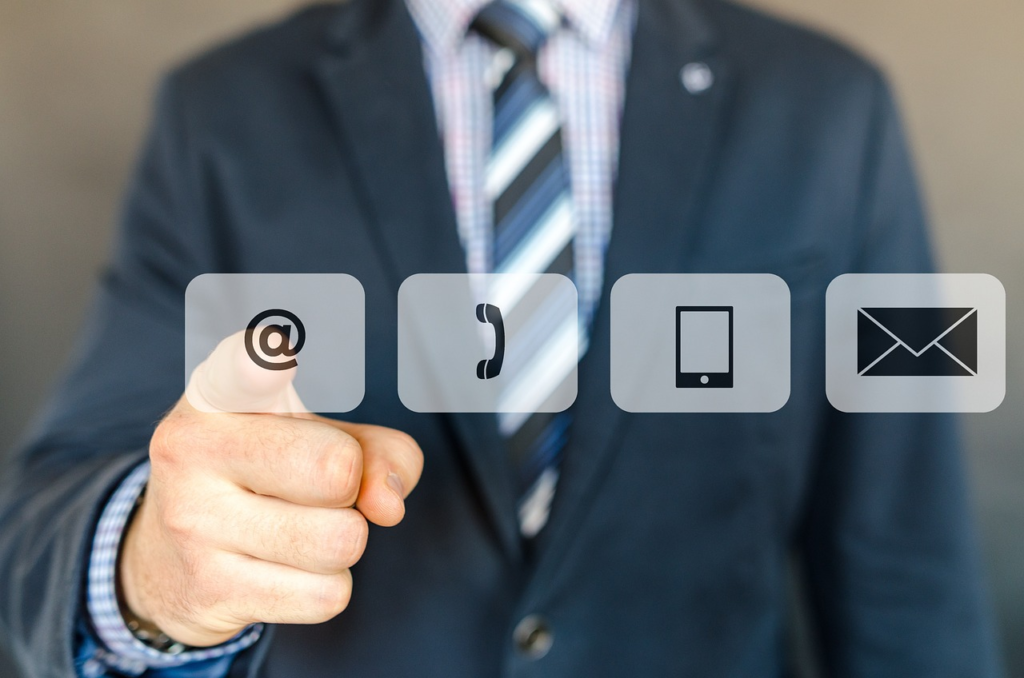
Plugin Solutions for Creating Email Newsletters
The toolkit of the service of automatic email distribution to the customer base can be embedded in another solution, for example, in CRM. Such email distribution services are called plugin services. An example of a plugin solution for email distribution is the Pipedrive email service.
It is a simple cloud-based CRM that allows you to send simple text emails with your logo/personal signature and track their opens/clicks. After customization, you can link email responses to the corresponding transaction data and view them within Pipedrive.
Rules for Creating a Good Email Newsletter
In practice, all types of email newsletters are combined. For example, newsletters are supplemented with announcements, commercial messages contain useful digests.
For an email newsletter to bring maximum response and a high conversion rate, remember the following:
- Start with the main point. Not all subscribers read emails to the end. Therefore, it is better to describe the essence of your offer in the first couple of paragraphs.
- Add a call to action. The reader should know what to do next. Encourage him to make a decision by offering to fill out an order form, make a call, go to study the assortment, or get seasonal discounts.
- Write in simple, friendly language, but don’t be familiar. Get rid of stamps and clericalism. Break the body of the message into readable, attractive blocks.
Effectiveness Indicators of Email Newsletters
The following indicators will help you evaluate the effectiveness of email newsletters:
- Delivery rate – the percentage of emails that reached the recipients of the email distribution among all sent messages.
- Bounce rate is the percentage of emails that were not delivered due to a wrong address, overflowing box, or technical failures of the mail service among all sent emails.
- Open rate – the percentage of email recipients open among all delivered messages.
- ROI of email marketing is the financial result from mailings, i.e., how much money each dollar invested in the mailing brought.
Segment Your Subscribers
To get your email opened and read, you must target your subscribers’ interests. To do this, segment your audience and launch a customized email newsletter for each group. You can segment in many different ways, depending on the specifics of your business.
However, the most straightforward and most crucial segmentation is by gender. Men and women need to be approached. Different letters need to be designed and offers need to be made differently. If you don’t separate your audience by gender, it will be hard to please both sides. As a result, your email newsletter performance will be low.
How Will Email Marketing Be Better Than Other Tools?
Mailing is the most effective and profitable compared to other internet marketing methods. There are many objective reasons for this:
- You don’t need special skills, education, or time investment to start mailing. On the other hand, learning some nuances of Internet marketing to interact with the target audience appropriately is essential.
- Contact with potential customers will depend on the company’s success and, thus, sales, reputation, and brand recognition. Mailing helps understand your target audience’s needs and offers them exciting and valuable content. At that moment, the flyers were more informative as a banner.
- Easy to get testimonials. It is also essential to consider customer feedback; it will help optimize the company’s activities in the future. It is enough to ask the client in a letter to evaluate this product or service and leave brief feedback. Such initiatives will encourage fruitful interaction.
- Immediately after sending letters, you can track the result. You can study how many people not only opened but also read this or that letter, as well as the number of clicks on internal links and other statistics. Based on the obtained data, you can correct existing problems and optimize your work in the future.
- Even if emails are sent in bulk, they can be personalized, increasing the client’s value several times. This mechanism works very simply. You must add your appeal and a specific question to the existing subscription form, specifying the answer options. After selecting the appropriate option, an address book with user preferences and wishes will be created. In the future, it is possible to segment the customer base. Based on all the data, interest groups are created. According to these groups, there will be mailings with personalized content, which is the necessary offer.
If an error or inaccuracy occurs during mailing, it can be easily corrected, and the letter can be resent. For example, you can already offer a discount to customers or bonuses for the next purchase in the following letter. Email marketing is also beneficial financially; it will help you save money on advertising and invest it in other areas.


